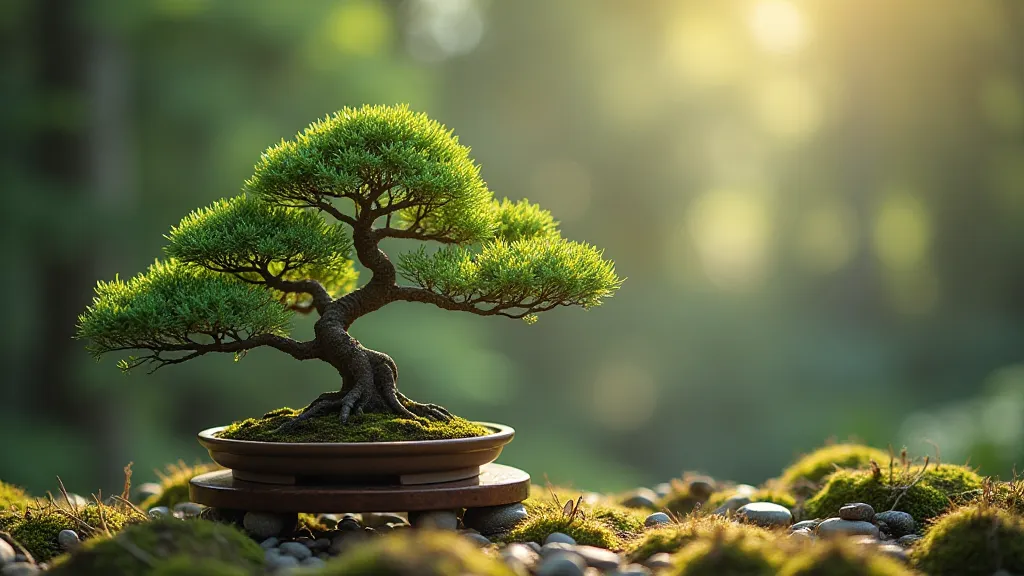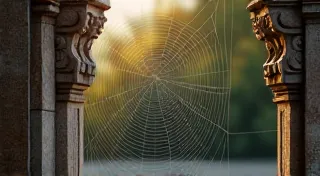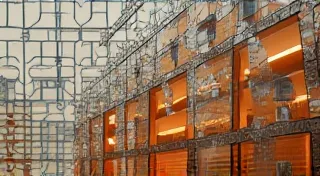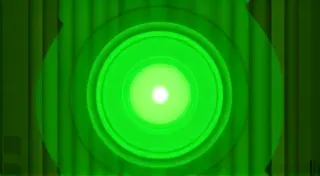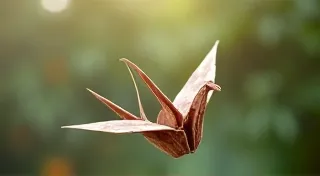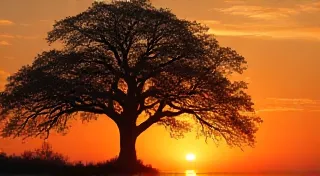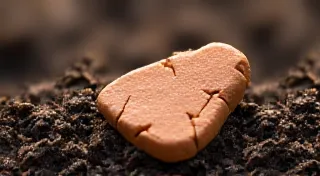The Silent Plague: Deciphering the Whispers of Juniper Disease
There’s a quiet melancholy that clings to antique accordions. They’re instruments of joy, designed to fill rooms with music, yet often found tucked away in dusty attics, their bellows cracked, their keys stubbornly silent. Just like those forgotten instruments, a Juniper bonsai can harbor hidden ailments, a “silent plague” if you will, that manifests not with a dramatic collapse, but with subtle, insidious changes. It’s a grower’s responsibility to become a keen observer, a patient editor of their living manuscript, attuned to the faintest whispers of distress.
I remember finding an old Hohner accordion at a flea market years ago. It was a simple diatonic, covered in grime, with several keys sticking. The previous owner had clearly loved it once, but time and neglect had taken their toll. Restoring it wasn't simply about replacing parts; it was about understanding its history, appreciating the craftsmanship that went into its creation, and slowly, painstakingly, coaxing it back to life. Similarly, cultivating a Juniper bonsai requires a deep appreciation for the tree's resilience and a willingness to learn its language – a language spoken not in shouts, but in the discoloration of needles, the unexpected dieback of branches, the subtle changes in growth patterns.
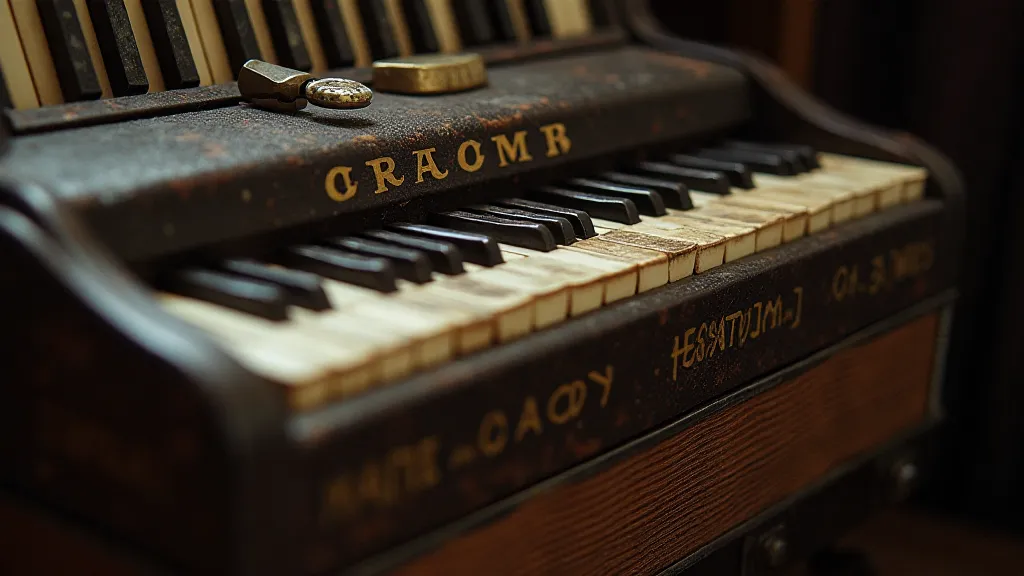
The Common Suspects: Identifying Juniper Disease
Unlike some species of bonsai which are more forgiving, Junipers are particularly susceptible to certain fungal and insect infestations. Early detection is paramount; what might seem like a minor inconvenience can quickly escalate into a widespread problem. The key is regular inspection – look closely at the needles, the trunk, and the roots. Don’t just glance; really *see* your tree.
Phomopsis Blight is a particularly frustrating ailment. It presents as reddish-brown lesions on the needles and twigs. These lesions eventually coalesce, creating a more significant dieback. The disease thrives in humid conditions and can spread rapidly. Maintaining good air circulation and avoiding overhead watering are critical preventative measures.
Kabatina Pestalotiopsis, also known as juniper leaf blight, creates small, circular, sunken spots on the needles, often surrounded by a halo of yellow. It's common in areas with high humidity. Improved air flow and the use of copper-based fungicides (applied preventatively, not reactively) can often manage the disease.
Beyond fungal diseases, Root Rot is a silent killer. Often a consequence of poor drainage, it manifests as stunted growth, yellowing needles, and a general decline in vigor. The roots, when examined, will be discolored and mushy. Repotting with fresh, well-draining bonsai soil is usually necessary, but it may be too late if the rot has progressed significantly. A careful pruning of affected roots is essential during the repotting process.
The Insect Intrusion: Red Spider Mites and Beyond
Insect infestations pose another layer of complexity. Red Spider Mites, tiny arachnids that suck sap from the needles, are a particularly challenging foe. They’re incredibly difficult to spot initially, often revealed only by the fine webbing they spin across the branches and the mottled appearance of the needles, which will eventually turn bronze or grey. A strong blast of water can dislodge some of the mites, but persistent infestations require the use of miticides, applied according to the product instructions.
Scale Insects, with their hard, protective shells, are another common pest. They also suck sap, weakening the tree and leaving behind a sticky residue (honeydew) that encourages the growth of sooty mold. Hand-picking scale insects is possible for small infestations, but for larger problems, horticultural oil can be effective.
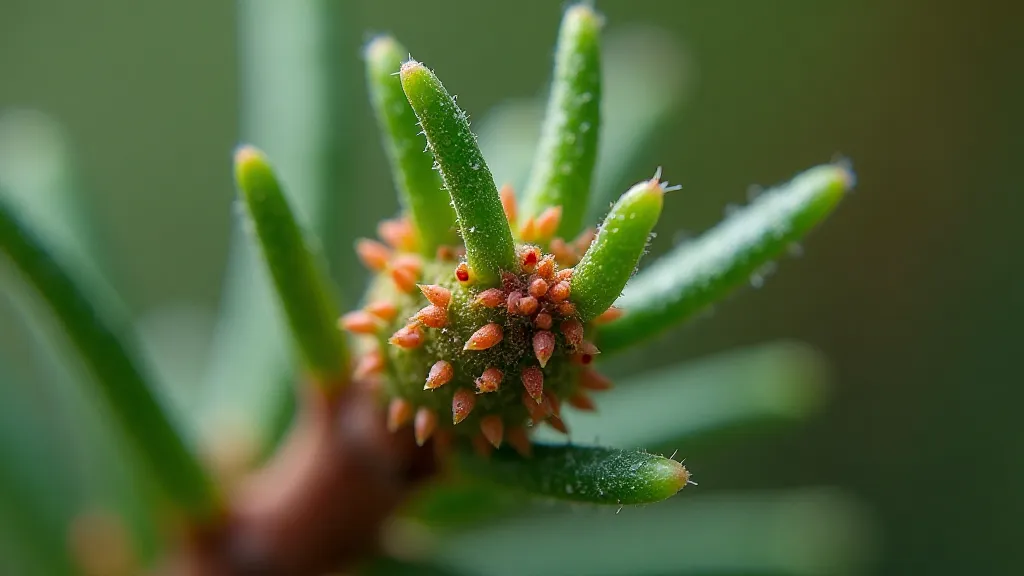
Preventative Measures: The Bonsai Grower's Vigilance
Just as a skilled accordion repairer meticulously cleans and lubricates each reed, a bonsai grower must proactively care for their Juniper. Prevention is always better than cure.
Well-draining soil is the cornerstone of healthy Juniper bonsai. Junipers hate sitting in wet soil. Invest in a high-quality bonsai soil mix specifically formulated for conifers.
Proper watering is crucial. Allow the soil to dry slightly between waterings. The frequency of watering will depend on the climate, the size of the pot, and the age of the tree.
Adequate sunlight is essential for healthy growth and disease resistance. Junipers thrive in full sun.
Regular pruning, a core element of juniper bonsai pruning, not only shapes the tree but also improves air circulation and light penetration, making it less susceptible to disease. Understanding bonsai juniper styling techniques is therefore vital.
Fertilizing with a balanced conifer fertilizer during the growing season will provide the tree with the nutrients it needs to thrive.
Winter Protection: Shielding Your Juniper
Winter protection for juniper bonsai is often overlooked. While Junipers are hardy, extreme cold and wind can damage them. In areas with harsh winters, consider wrapping the pot with burlap or moving the tree to a sheltered location, such as an unheated garage or shed.
The Reward of Attention: A Living Legacy
Dealing with Juniper bonsai diseases can be frustrating, but it's also a deeply rewarding experience. Just as restoring an old accordion reveals the dedication of the original craftsman, nurturing a Juniper bonsai through adversity demonstrates your commitment and skill. The tiny adjustments, the careful observation, the gentle coaxing – these are the acts of a true bonsai artist. Each successful intervention strengthens the bond between grower and tree, creating a living legacy that can be enjoyed for generations. A healthy, thriving Juniper bonsai is a testament to the power of attentive care – a living poem, carefully edited and lovingly presented to the world.
